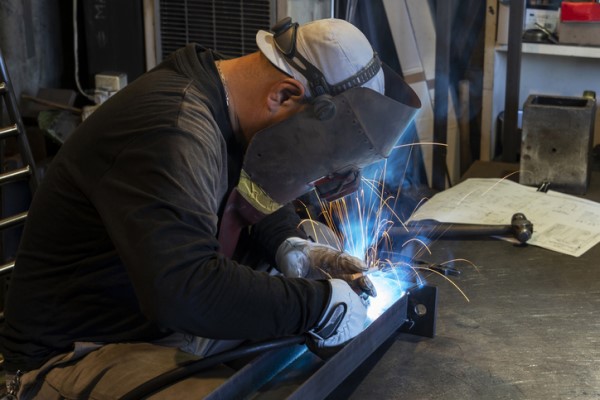Standards tighten for welding fume safety

WorkSafe is urging Victorian employers to assess their control measures for managing welding fumes as nationwide exposure standards are tightened.
Workers who are exposed to welding fumes can suffer several short and long-term health effects ranging from eye and respiratory irritation to asthma, metal fume fever, nervous system damage and lung and kidney cancer. Since 2019, three Victorian workers have died due to disease caused by welding fumes.
In changes taking effect, the workplace exposure standard for welding fumes (not otherwise classified) is 1mg/m³ as an eight-hour time-weighted average, a reduction from 5mg/m³.
Depending on the processes and components used, welding fumes may contain specific substances that have exposure standards that could be less than 1mg/m³.
The exposure standard reflects the airborne concentration of a particular substance or mixture that must not be exceeded and is the highest level that a person can usually be exposed to without adverse health effects occurring.
However, employers should minimise exposure to welding fumes firstly by eliminating, substituting or modifying the welding process, followed by using ventilation controls such as torch extraction or local exhaust ventilation and lastly respiratory protection if exposure is still likely to be above the exposure standard.
Atmospheric monitoring must also be carried out when employers are unsure if a relevant exposure standard is being exceeded, or where there may be a health risk. Health monitoring can be required if workers are exposed to certain substances specified by the OHS Regulations that are likely to cause them harm.
The workplace exposure standards for airborne contaminants were amended following agreement from the majority of the country’s Work Health and Safety Ministers and are published by Safe Work Australia.
